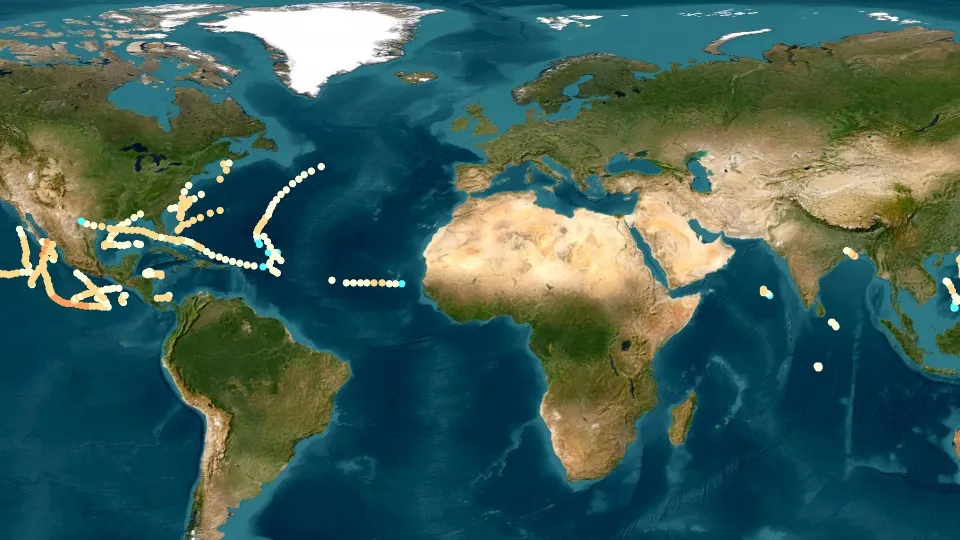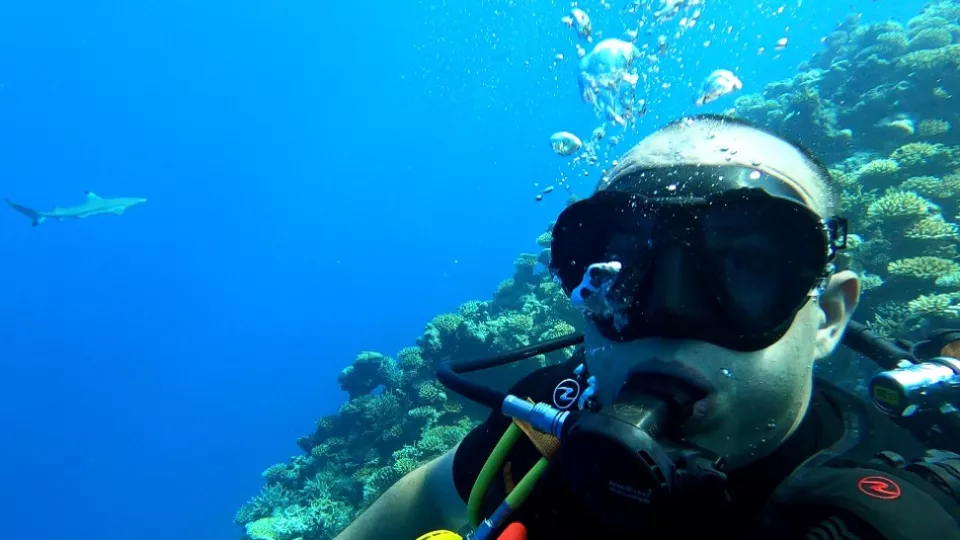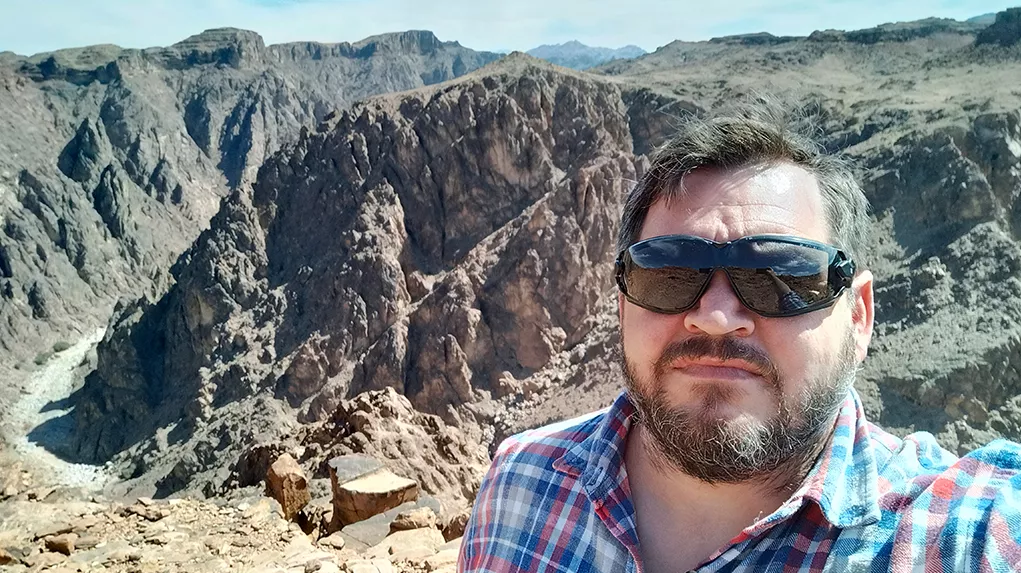Laconia: a symphony of scale, strategy and teamwork
Viridien Stories | Oct 2, 2025

Ricardo De Marco Centeno, Director of Earth Data Operations, shares the story behind Viridien’s high-profile Laconia project, where dozens of experts from across the company came together to execute one of the largest OBN projects ever conducted in the U.S. Gulf. He reflects on the project’s complexity, emphasizes the collaboration that made this multi-client seismic survey possible and gives his thoughts on the team’s resilience and ingenuity in delivering one of Viridien’s most ambitious projects to date.
When Ricardo joined Viridien in May 2024, he brought with him two decades of experience in seismic imaging and offshore marine acquisition. But even with that background, the Laconia OBN program stood out.
"The Laconia OBN program is a vast, sparse node acquisition covering 480 OCS blocks of licensable data in the US Gulf,” Ricardo explains. “That’s more than 11,000 node locations laid on the sea floor in an area of 11,180 sq km, and more than 28,000 sq km of source coverage. It’s a fantastic and strategic project that will provide significant FWI (full-waveform inversion) uplifts to our underlying StagSeis™ data, needed by the entire industry to further resolve the imaging challenges of the complex subsalt structures in the US Gulf.”
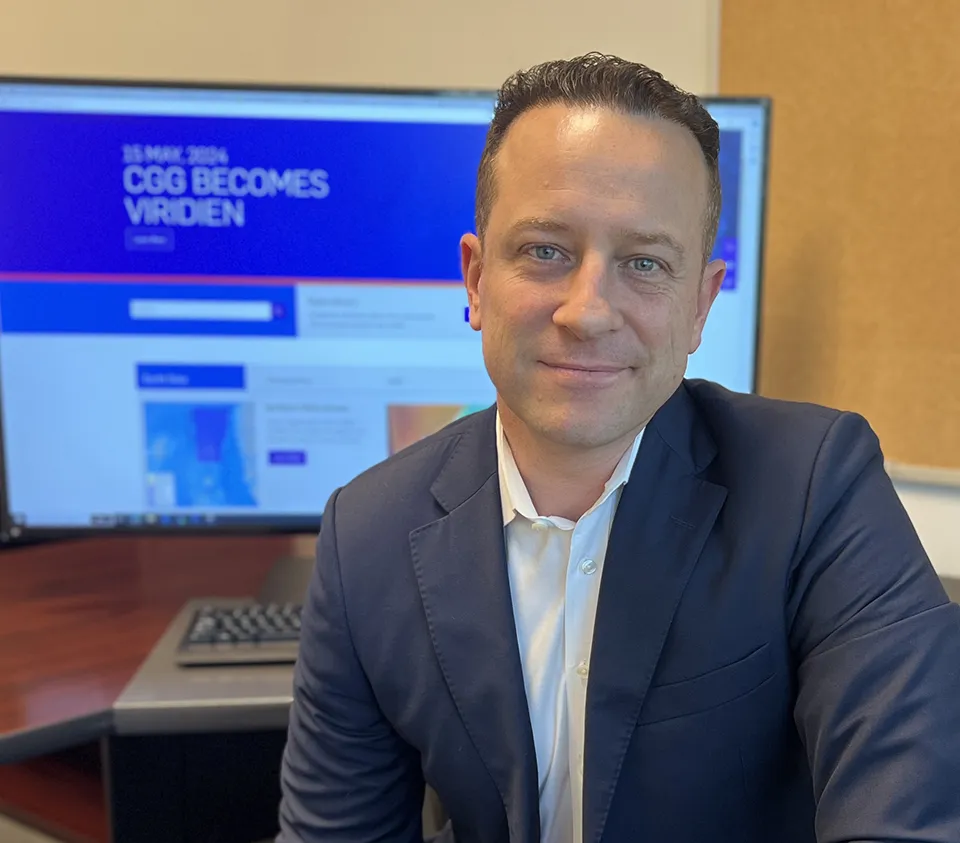
From vision to execution
The Laconia project is being delivered in three phases. Thanks to the dedicated efforts of the Laconia Subsurface Imaging team, Fast Track data for Phases I and II is already available, with final data expected in May and July 2026 respectively. Phase III, which began in collaboration with TGS in June 2025, is scheduled to deliver Fast Track data by April 2026 and final results by February 2027.
Each phase builds on the last, expanding coverage across the Garden Banks and Keathley Canyon areas. The latest imaging is unlocking new potential in the Wilcox Paleogene and Mesozoic plays, which are among the Gulf’s most promising undeveloped resource zones.
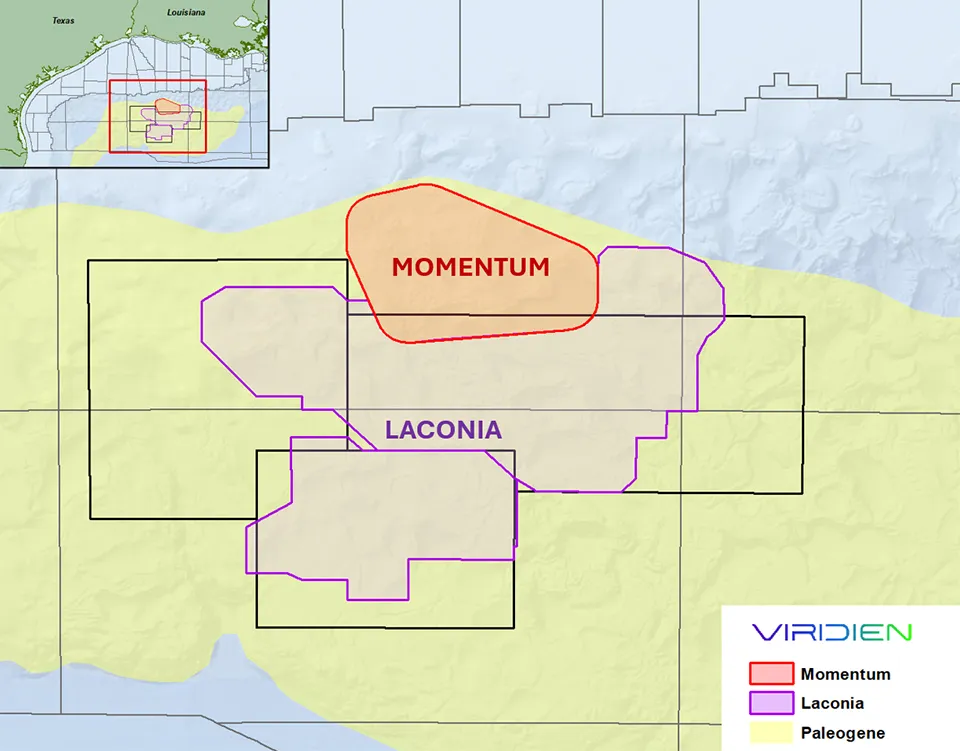
Managing complexity at sea
Phases I & II were acquired over nine months, involving two source vessels, two node handlers, and a support vessel. Over 300 people worked offshore and onshore. The scale was matched only by the complexity.
“You can imagine the huge HSE and ESG exposure and intense regulatory scrutiny involved in such a large endeavor,” Ricardo says. “We had to manage five hurricanes and weekly cold fronts that constantly disrupted field operations. But it was the commitment and coordination of every offshore and onshore team member that enabled us to continue operating safely, without a single HSE incident, and stay within budget.”
The team behind the magic
Ricardo is quick to praise the Laconia team. Experts from three groups—Viridien’s Earth Data, Geoscience and Sercel Sensing & Monitoring business lines— working and collaborating as one have ensured the success of this key program.
“A strong team is everything. There’s no limit to what we can accomplish when the brightest minds work together”.
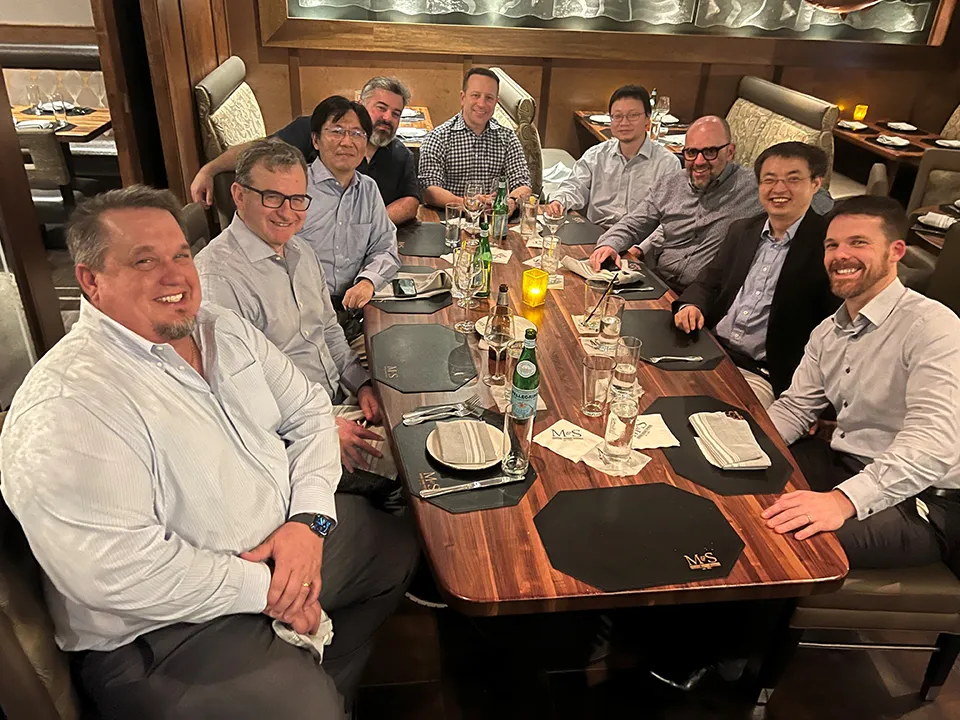
Ricardo emphasizes that the collaboration between these teams represents the true “symphony of scale, strategy, and teamwork”.
- Earth Data: Managed end-to-end program execution—including permitting, strategic sourcing & procurement, survey design, operations integrity, HSE, and day-to-day field operations. Maintained continuity through extreme weather events while achieving zero health or environmental incidents— delivering on-quality and on-budget.
- Geoscience: Provided subsurface expertise to steer imaging objectives, refined EFWI (elastic full-waveform inversion) velocity models, processed ultra long offset FWI data, ran the imaging workflow in our high-performance computing center, and validated geologic interpretation to resolve complex subsalt structures across the entire program.
- Sercel: Engineered, tested, and deployed the Tuned Pulse Source (TPS) system. Delivered real-time support to ensure TPS integration aligned with operational and imaging goals.
- Suppliers & field partners: Viridien’s acquisition suppliers, enabled survey execution across multiple vessel operations.
- Viridien management team: Provided strategic direction, executive alignment, and cross-functional support that enabled scalable operations and fast-track imaging delivery.
“I can’t overemphasize what a complex endeavor the project was”, Ricardo notes. “To illustrate: the Laconia survey design was the result of a truly collaborative process. Earth Data, Geoscience, Sercel, our field acquisition suppliers, and our clients co-developed a geometry that balanced imaging goals, operational feasibility, and commercial scalability. Their joint effort optimized node deployment geometry, TPS configuration, and acquisition execution—unlocking basin-wide illumination while reducing operational risk and cost.”
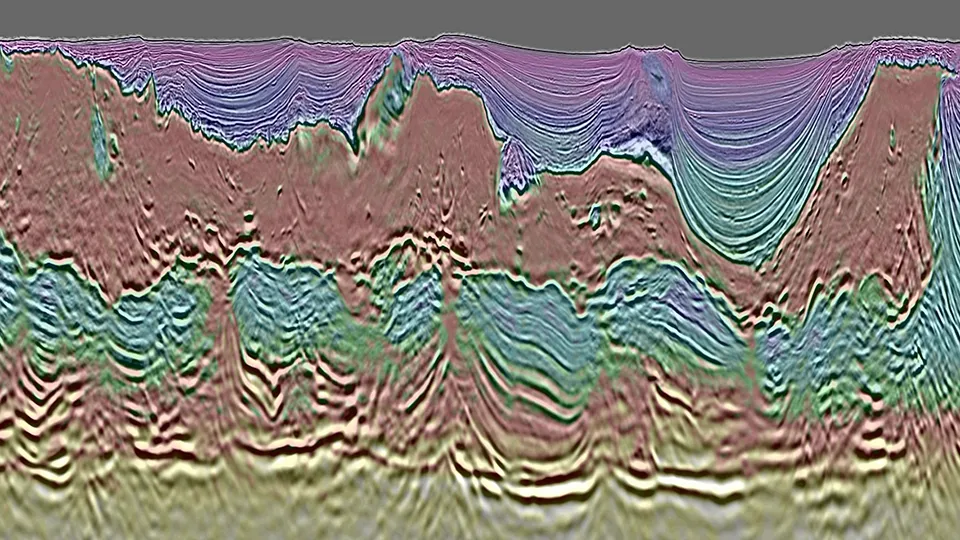
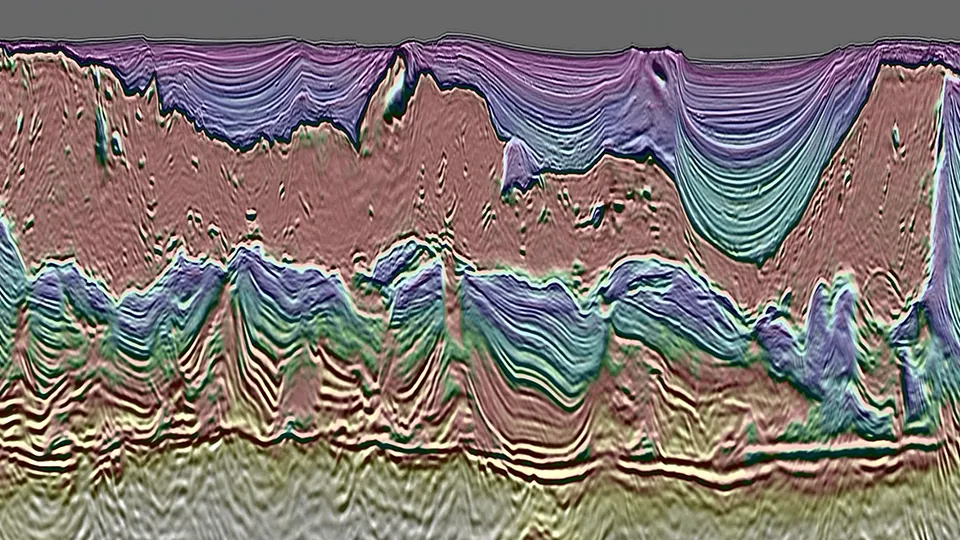
Enhanced subsalt imaging with OBN and FWI. Comparison of subsalt imaging uplift between (top) 6 Hz Streamer A-TLFWI & 15 Hz RTM and (bottom) 12 Hz OBN + Streamer E-TLFWI & FWI Image. The EFWI OBN-enhanced dataset (bottom) significantly improved salt boundary definition and structural continuity beneath the complex overburden, revealing deep structural complexity previously unresolved with streamer-only acquisition, particularly within the Mesozoic and basement sections.
Bringing a new lens to operations
Since joining Viridien, Ricardo has focused on streamlining Earth Data’s global multi-client survey operations through a program management framework.
“We’re embedding our program managers alongside Earth Data business leads to co-orchestrate the end-to-end execution of Viridien’s multi-client new ventures and bespoke programs for energy clients. This integrated lifecycle model delivers tangible value—enabling streamlined planning, accelerated permitting, ESG stewardship, optimized survey design, and seamless execution from field acquisition through to subsurface imaging. Every stage is purpose-built to align with our clients’ strategic and commercial goals”.
His approach is shaped by cross-industry experience, including an MBA in Project Management, and three years in healthcare where he embraced design thinking principles focusing on customer experience.
“I strongly advocate for cross-industry cross-pollination. We already see results from cross-functional workshops where we are optimizing acquisition, de-risking operations, and designing high-end geophysical workflows”.
A culture that feels like home
One year into his role, Ricardo says the Viridien culture has left a lasting impression.
“My operations team is a team of rock stars—full of knowledge, curiosity, and motivation. The kindness and approachability of the leadership team was something I felt from day one.”
He also celebrates the company’s diversity.
“I love being in meetings where I can discreetly count 10 nationalities among the 10 attendees. That’s diversity at its best—and it’s how we nurture creativity.”
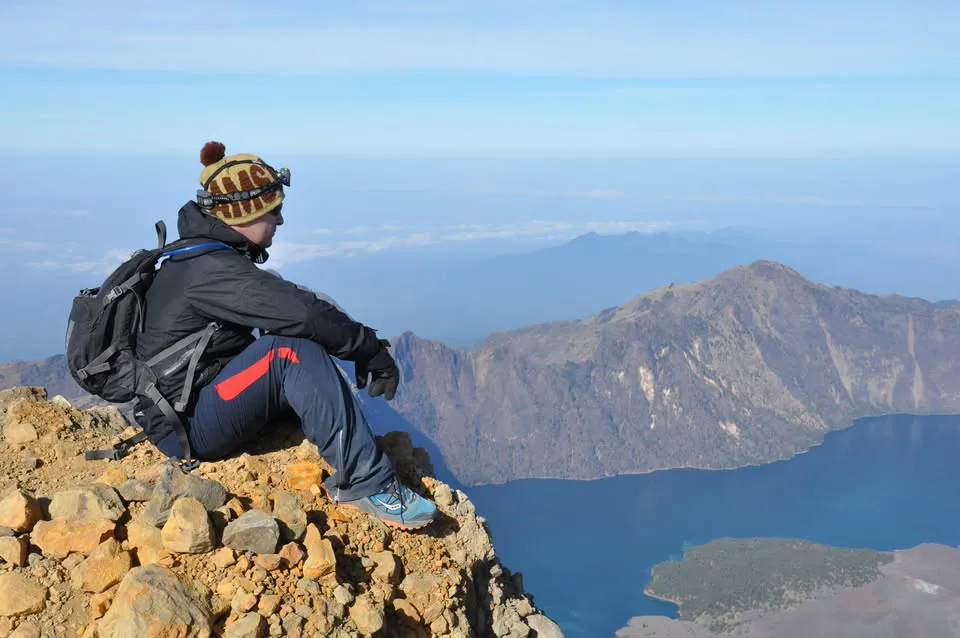
Looking ahead
For Ricardo, Laconia is more than a seismic survey—it’s a proof point.
“It’s a testament to what’s possible when strategy, innovation, and people align. The data we’ve acquired is exceptional, but the journey we took to get there is what I’ll remember most—a blueprint for how we want to deliver value at scale across our global operations.”
Beyond individual projects, Ricardo is helping evolve the operations’ program management framework into a lifecycle consulting model to support energy companies with fully integrated, value-driven solutions.
“Working together with the other teams within Viridien, we are aligning every phase of a program—from feasibility evaluation through permitting, sourcing, survey design, execution, and data delivery—under a cohesive strategy designed to maximize value for our Earth Data business leads and energy companies. Earth Data strives to constantly accelerate timelines, reduce execution risk, and optimize resources, delivering more impactful and efficient outcomes that align with our clients’ exploration and investment goals.”
Dive deeper into how Viridien’s largest-ever sparse OBN project is transforming subsalt imaging in the US Gulf—featuring advanced acquisition, low-frequency innovation, and high-resolution FWI imaging.
Explore the Laconia 3D sparse OBN survey here
Read our media release about the launch of Laconia Phase III here
